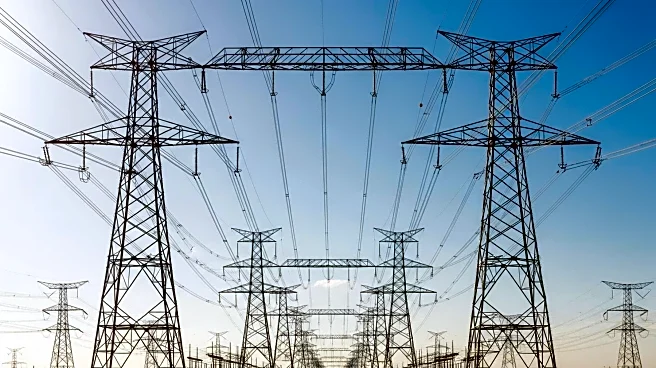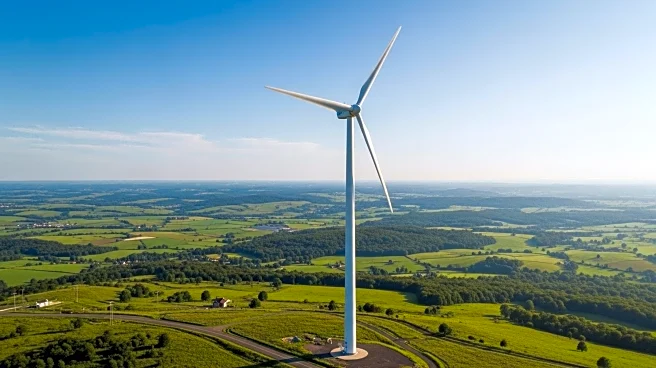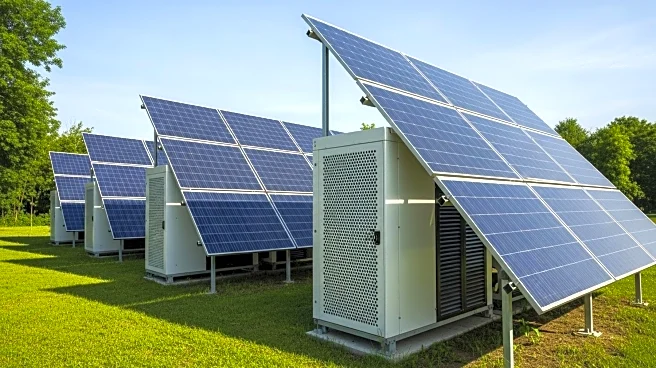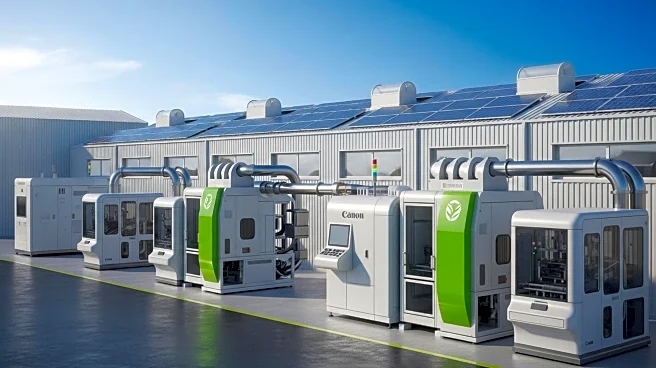What's Happening?
The world's largest gold producers have successfully reduced their combined scope 1 and 2 greenhouse-gas emissions to below 30 million tonnes of carbon dioxide equivalent (CO₂e) in 2024, as reported by Metals Focus in their 'Gold ESG Focus 2025' report. This marks the first time since 2014 that emissions have fallen to this level. The reduction is attributed to asset divestments, renewable-energy projects, and new grid connections, although the average emissions intensity has increased due to lower gold output. Notably, companies like Barrick and Newmont have made significant strides in renewable energy adoption, with projects such as a solar facility in Nevada expected to cut emissions by 234,000 tonnes of CO₂e annually.
Why It's Important?
This development is significant as it highlights the gold mining industry's commitment to reducing its environmental impact, aligning with global sustainability goals. The reduction in emissions is crucial for mitigating climate change and demonstrates the industry's potential to contribute positively to environmental efforts. Companies that successfully reduce emissions may gain a competitive advantage, attracting environmentally conscious investors and consumers. However, challenges remain, such as maintaining progress in regions with limited access to renewable energy, as seen with Solidcore Resources in Kazakhstan.
What's Next?
The gold mining industry is likely to continue its focus on sustainability, with further investments in renewable energy and efforts to improve environmental performance. Companies may face pressure to maintain and enhance their emissions reduction strategies, especially as global climate policies become more stringent. Additionally, the industry will need to address safety concerns, as the report noted an increase in fatalities, emphasizing the need for improved health and safety practices.











